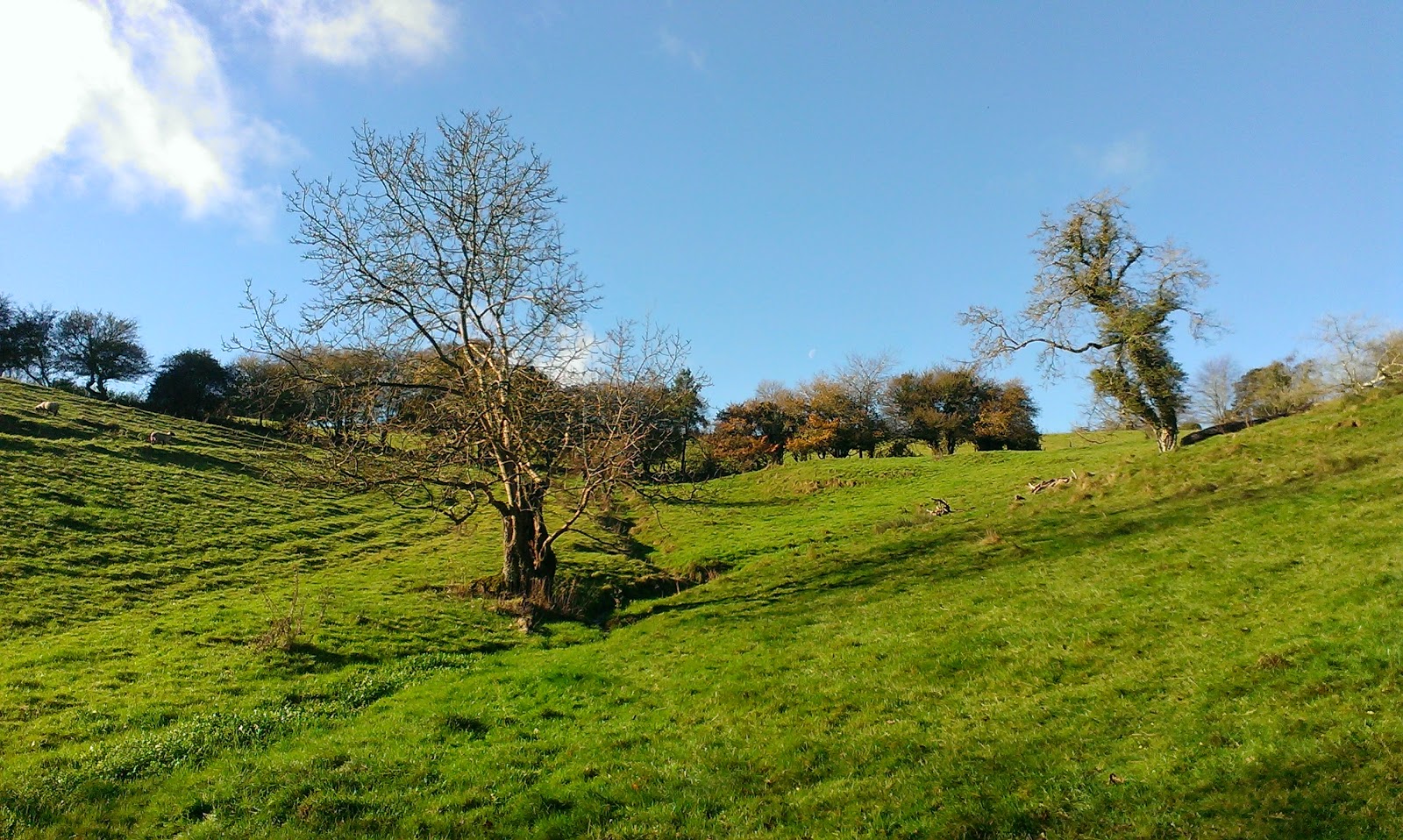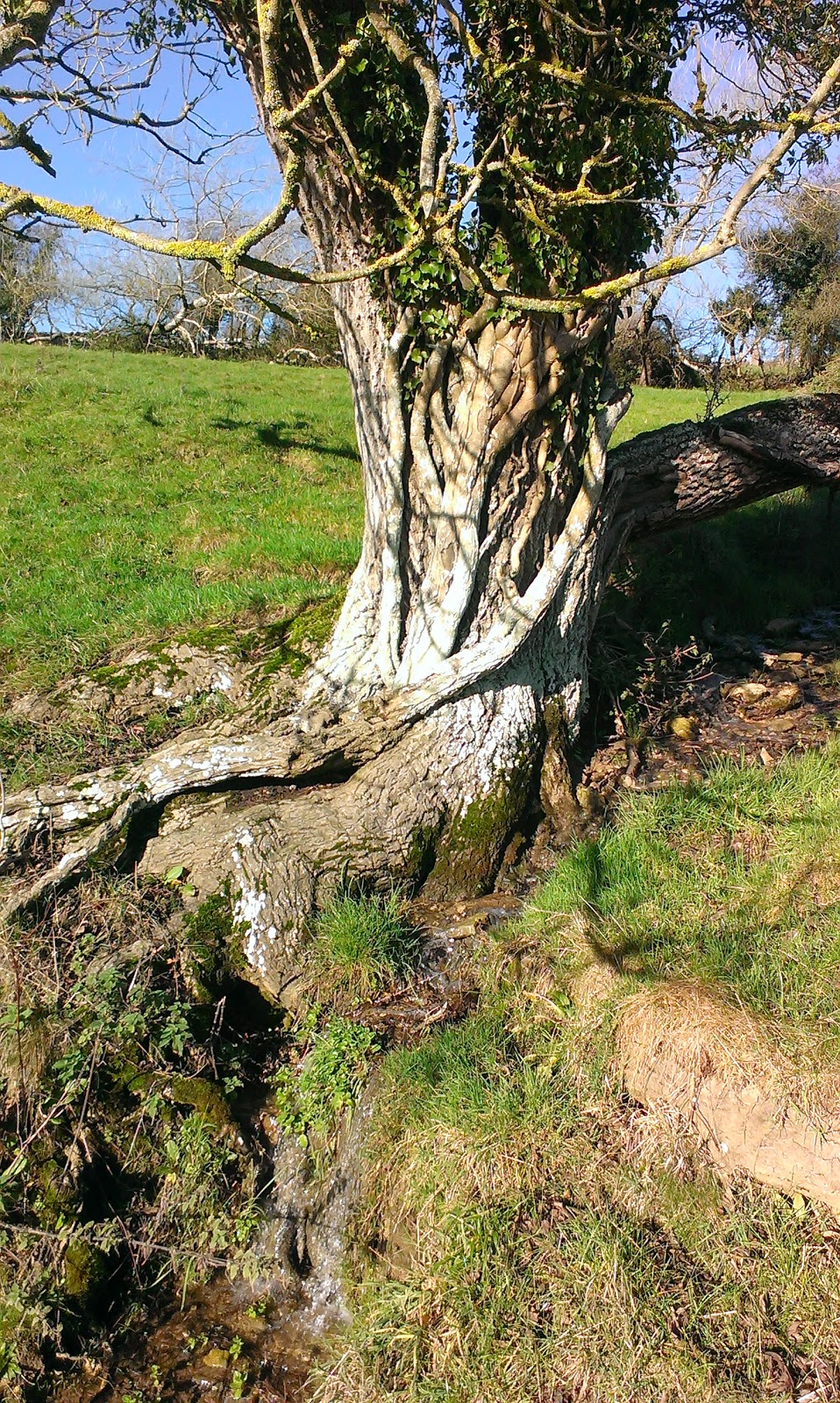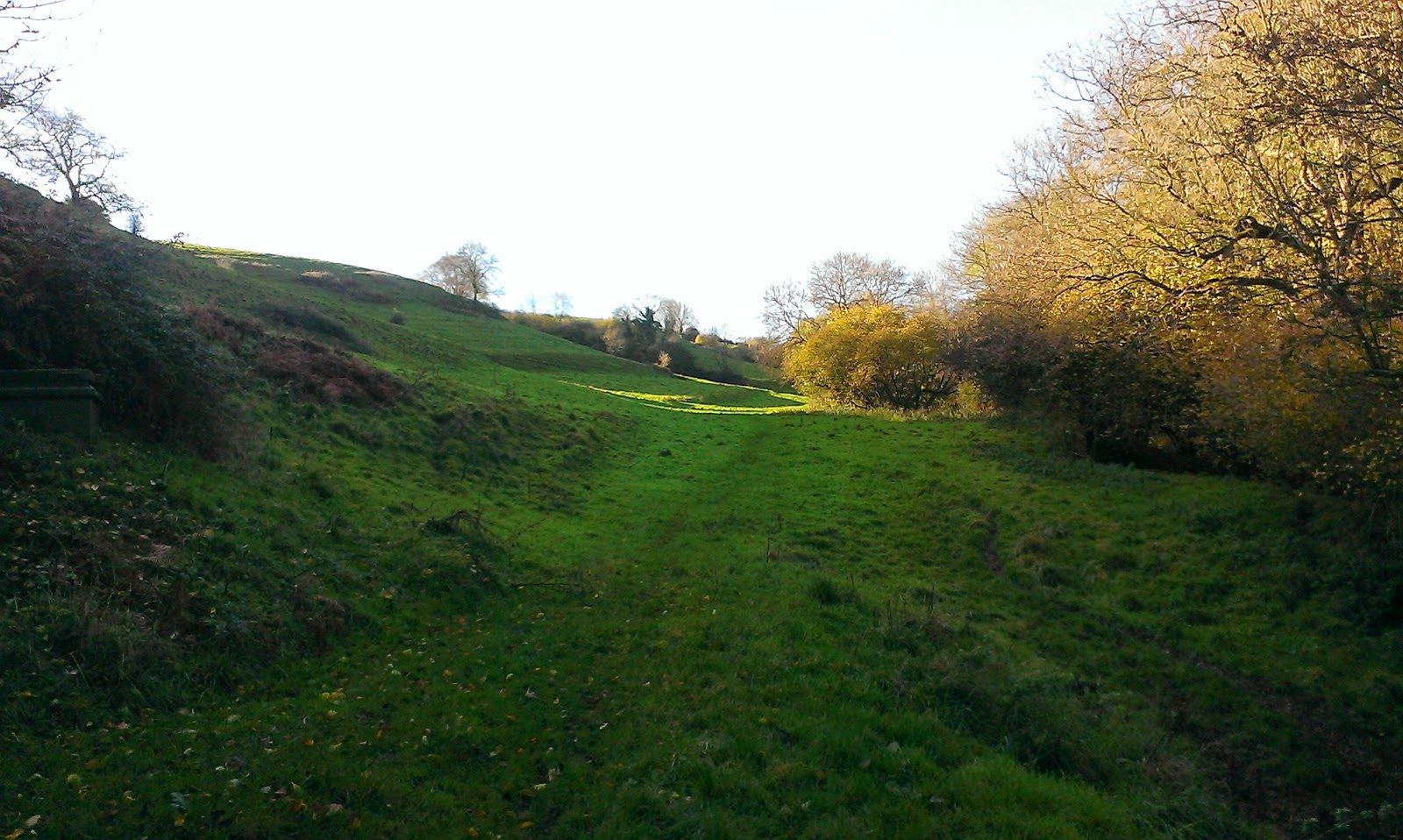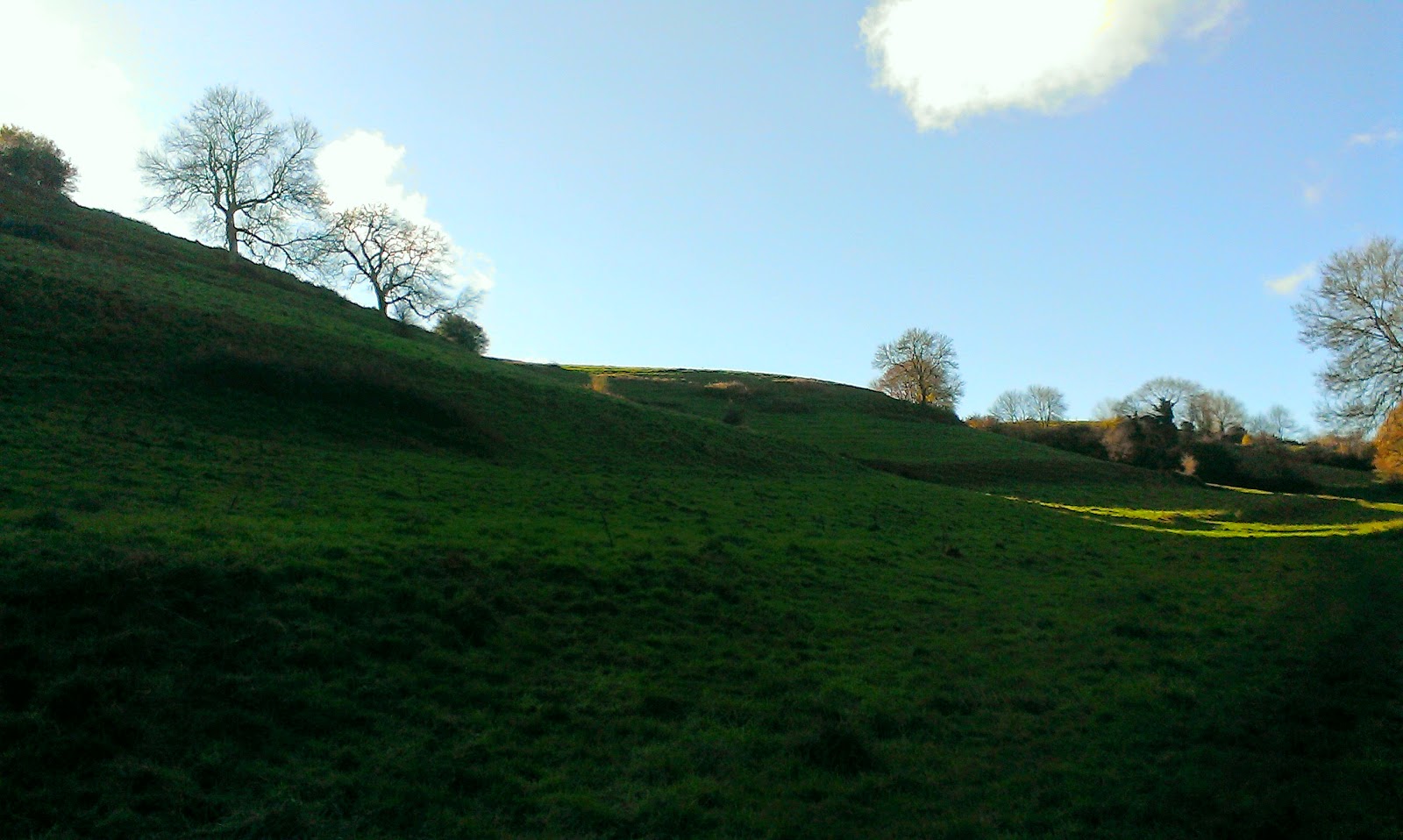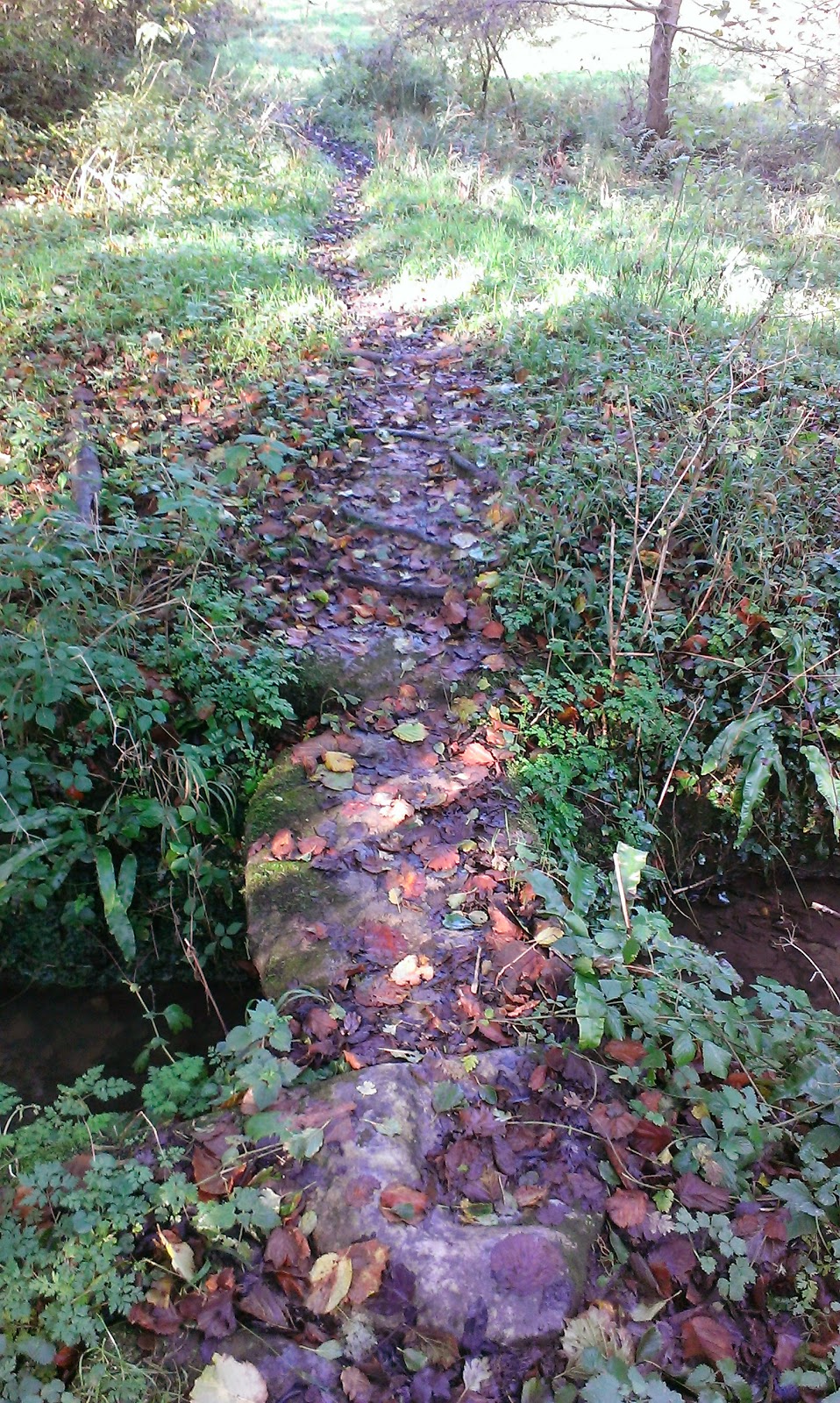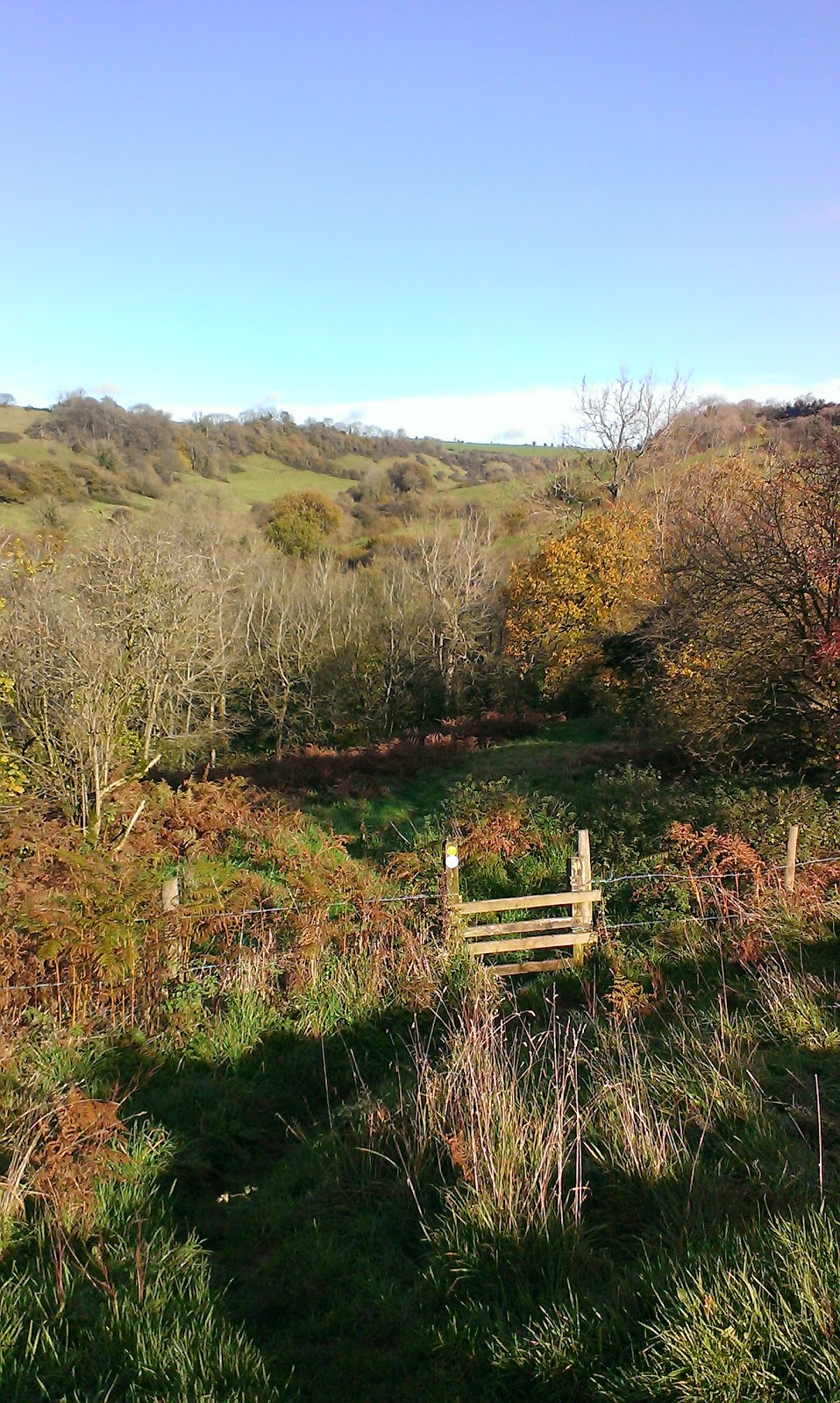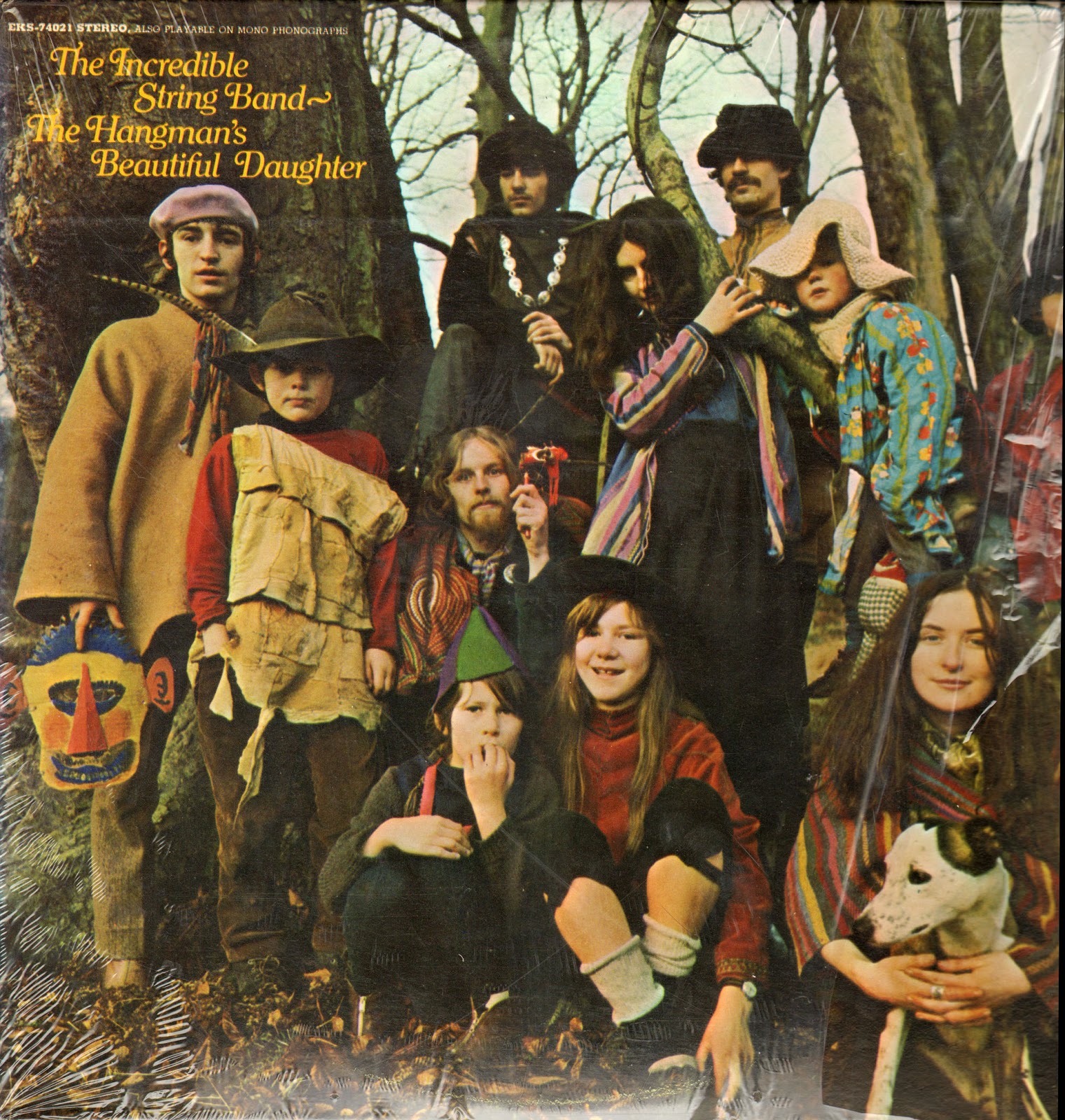 |
| Image courtesy of www.bfi.org.uk |
I have finally found time to watch the BFI’s new
release of The Epic of Everest, the contemporary film of the 1924 British Mount Everest Expedition, directed by Captain John Noel, who accompanied George
Mallory, Andrew Irvine and the rest of the party on their – ultimately doomed – third attempt to scale the world’s highest peak. Appropriately, it is a breath-taking
piece of work.
This is a fairly instantaneous reflection, which will hopefully inspire anyone who has not seen it to seek out this ninety minute masterpiece. Once again, BFI have done a superlative job of restoring, packaging and sound-tracking this, now ninety year old, artifact of another era. They seem to have an endless conveyor belt of such gems: Here's a Health to the Barley Mow, BBC Ghost Stories for Christmas, From the Sea to the Land Beyond, Robinson in Ruins ... the list goes on.
The initial scene-setting intertitles of the film are 'of their time' in conjuring up a context for the expedition based not just on the mountaineering challenge, but articulated through the language of empire and conquest, of battling against nature to subdue it. This was a time when the conceit that the natural world was something to be tamed was at its zenith; we now kid ourselves that we know better, whilst seemingly unable to pull back from this (unstoppable?) sham. However, as the film progresses, the original on screen commentary, written by the director, becomes more impressive, substantial and somewhat spiritual; the words of someone who bore direct witness to the events as they unfolded, sparsely dramatic and often poetic: "Into the heart of the pure blue ice, rare, cold, beautiful, lonely - into a fairyland of ice".


Expertly restored, the antique frames - seemingly, like their subject matter, antediluvian - have an otherworldly quality entirely suiting the epic images of ice and cordillera on screen, surely more so than the technically superior results of modern day filming. This feeling is enhanced by the colour washes (blue, purple, red) applied to some of the frames. The hues producing a dream-like sense that evokes the Antarctic Gothic of HP Lovecraft's At the Mountains of Madness, as well as the imagery from the pioneering days of Victorian Alpinism reproduced in Fergus Fleming's Killing Dragons: The Conquest of the Alps and Robert Macfarlane's Mountains of the Mind: haunting precipices, corniced ridges, looming towers of ice, endless glaciers.
 |
| Still from The Epic of Everest (Image courtesy of www.bfi.org.uk) |
Noel, in the words of Wade Davis in the film's accompanying booklet: "a soldier by profession, but an artist in spirit", was a pioneering and highly innovative photographer and film-maker. The technology and equipment utilised to produce the film was both state-of-the-art and ingeniously deployed, enabling footage of unprecedented clarity to be shot from up to three miles away. Particularly striking are the circular telescopic stills that intersperse the film. These were created using a powerful telescope clipped to his camera and synchronised with the lens so that the image of the telescope appeared in the aperture. The imagery that these frames bring to mind is of an even higher realm than the five and a half miles that Everest stands proud of sea level; we could be looking at the lines etched into the moon seen through a high powered telescope gazing out to space.

The film would be spell-binding enough if silent but is brought to life ever more vividly by the new score composed by Simon Fisher Turner. Perfectly pitched, the soundtrack lithely shape-shifts from sparsely beatific piano-led sections to appropriately ominous strings (like Godspeed You! Black Emperor at their most portentous) mirroring the epic build of the images; whilst at times melting into a drone-like murmur of echoing sound-effects: creaking ice, the noise of ropes secured and pitons hammered home, yak bells. Musically the film takes a startling turn as it tracks Mallory and Irvine's ill-fated attempt on the summit; reaching 28,000 feet they attain the outer limit of human breathing and reluctantly resort to oxygen gas. At this point we hear the heavy, laboured breathing of oxygen masks, the sound of pioneers of a different frontier in Kubrick's 2001: A Space Odyssey. Human breath then mutates into emerging elemental tumult: a sonic apotheosis reached in a roaring crescendo evoking a soundscape of avalanche and approaching storm, constructed by multi-tracking internet storm recordings from Everest and elsewhere; a fitting coda to, in the words of John Noel's on screen commentary,: "The historic climax of our adventure - glorious because of the marvel of attainment - sad because of the tragedy of death".
Mallory and Irvine were last seen by fellow climber Noel Odell, who placed them at 28,400 feet, above the Second Step - a 40 metre wall of exposed rock and the most technically difficult barrier before reaching the summit. "Still climbing - and then, no more" reads the commentary. The last shots of the mountain are red tinted as cloud shadow slowly envelopes the immensity of the rock and ice; darkness overcoming the light.

The cult of Mallory and Irvine has continued to inhabit
our imagination ever since, an endless expedition into the mountains of our
mind; ironically in many ways eclipsing the evidenced first ascent of Everest
by Edmund Hillary and Tenzing Norgay thirty years later (not helped by the pragmatic New Zealand persona of Hillary; his prosaic account of the record-breaking ascent, High Adventure, makes it seem anything but). The most intriguing mystery in mountaineering history remains: did they fall or collapse before reaching the summit or after it was attained? Tantalising evidence of the
possibility that the climbers of 1924 had reached the summit was found during the 1999 Mallory
and Irvine expedition, which – sensationally – found Mallory’s body within
hours of its commencement.
Jake Norton, the American mountaineer who was part of that and subsequent research expeditions believes that they probably did reach the summit before, in unimaginable exhaustion, they followed the wrong gully and Mallory fell to his death, leaving Irvine alone and stranded to perish in the impossible cold during the night. Norton's fascinating theory (and he admits it can only be guesswork) on what may have happened can be found on his The MountainWorld blog site.
 |
| The expedition party: Irvine, first left on back row, and Mallory, second left (Image courtesy of blog.mountainworldproductions.com) |
Although the futility of the deaths of the two climbers (and others who also died during the expedition), particularly so soon after the horrors of the Great War, is hard to comprehend there is, when following the party's progress on screen, an aura of residual nobility; surely the incendiary spark for the Everest fever that has grown ever since. All we see here contrasts quite strikingly with the current commercial imperatives that dominate activity around Everest, which seems to revolve around enabling appropriately rich, though often inappropriately skilled or fit clients, to 'reach their goals'; sucking away at the mystique of this sacred landscape, filling it with both real and metaphysical pollutants. All the while risking death and disfigurement. 'Because its there' sounds a hollower call to arms by the year. But perhaps this is over romanticising. The 1924 attempt was supported by a huge logistical effort, with over 500 people involved and camps strung out along fifteen miles of glacier above the base camp at 17,000 feet (the limit of the range of the main means of transportation, the yak). All this enormous effort cost money and a large part of the process of getting to the mountain, as now, was raising funds from wealthy sponsors and backers. It is also difficult to avoid the conclusion that Mallory in particular had become so obsessional about reaching the summit that he had drifted into a form of madness in which all else, including his family, was disregarded. In his history of the often fatal fascination that mountaineering can weave, Mountains of the Mind, Robert Macfarlane poignantly recounts the moment that Mallory's wife and three young children received the telegram of his death.
The film also stands as an ethnographical record of the peoples of Tibet and Nepal and their way of life before outside influences started to seep across the scene. Here we see monks, sherpas and nomad shepherd communities, their dress and customs, and dependence on the yak. A patronising tone occasionally creeps into the commentary ("We cannot call them a musical race...") but generally the footage is left to speak for itself. Most striking is the image of the fortress monastery of Kampa Dzong ('The Shining Crystal Monastery', surely a psych-rock album title in waiting), looming into shot like a Crusader castle in the twelfth century Kingdom of Jerusalem. The Llama from the monastery had wished the expedition well but predicted that the spirits guarding the mountain (known as Chomo-Lung-Ma in Tibet: 'Goddess Mother of the World') would oppose their endeavour, and by the end Noel wondered whether this had come to pass.
The combination of ground-breaking use of film and photography - both still in their infancy as art forms, the unrivalled drama of the setting and the multiple narratives culminating in tragic yet heroic death make this an unmissable document of modern humanity's long climb to, what - conquer? understand? meet with? nature at its most raw and unforgiving. After the climactic last view of Mallory and Irvine before they disappear from view and in one of his final sections of on screen commentary, we get the feeling that Noel has left behind the bombast of imperial conquest as he muses: "We must think of ourselves and of nature. We spring from nature. In life we defy her, at death we return to her. We, who are so little, and nature who is so immense!".
 |
The last shot of Mallory, Irvine and the summit party from The Epic of Everest before they disappear from view (Image courtesy of www.bfi.org.uk)
|
References
Davis, W, 2011. Into the Silence: The Great War, Mallory and the Conquest of Everest. Vintage.
Fleming, F, 2000. Killing Dragons: The Conquest of the Alps. Granta.
Hillary, E, 1956. High Adventure. The Companion Book Club.
Macfarlane, R, 2003. Mountains of the Mind: A History of a Fascination. Granta.
Nelsson, R (Ed.), 2007. The Guardian Book of Mountains. Guardian Books.
Tyndall, J, 1906. The Glaciers of the Alps and Mountaineering in 1861. Dent.
 Reading the book reminded me of two of my own observations from earlier in the year; brief glimpsings that unsettled, and have stayed with me. The first was on a local walk, during a cold and glowering late winter morning. Resting at a field gate affording a fine wide-screen view, I was drawn to the sound of dogs and men closer to hand. Down-slope at the fields edge (the field in these photographs) I surveyed a pick-up truck, its occupants digging in the bank running along the boundary, accompanied by insistent barks. I did not linger, was not seen. But I had seen them and wondered what their labours were in this lonely spot. Perhaps renewing a fence or clearing scrub? This was not the view I came away with though. There was something malevolent in the air. Had I happened across badger-baiters? was the question that nagged for the rest of the day.
Reading the book reminded me of two of my own observations from earlier in the year; brief glimpsings that unsettled, and have stayed with me. The first was on a local walk, during a cold and glowering late winter morning. Resting at a field gate affording a fine wide-screen view, I was drawn to the sound of dogs and men closer to hand. Down-slope at the fields edge (the field in these photographs) I surveyed a pick-up truck, its occupants digging in the bank running along the boundary, accompanied by insistent barks. I did not linger, was not seen. But I had seen them and wondered what their labours were in this lonely spot. Perhaps renewing a fence or clearing scrub? This was not the view I came away with though. There was something malevolent in the air. Had I happened across badger-baiters? was the question that nagged for the rest of the day.



.jpg)
.jpg)
.jpg)








